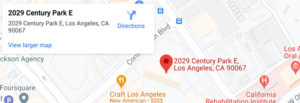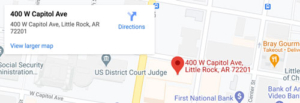Night Shift Workers Run the Risk of Drowsy Driving
In Mississippi and around the country, night shift workers are endangering themselves and others on the road because of drowsiness. Drowsy driving is considered a public health hazard, and investigators at Brigham and Women’s Hospital have conducted a study to see just how dangerous it can be.
Sixteen-night shift workers participated in a study composed of two driving sessions on a closed track. The first session was conducted after drivers received an adequate 7.6 hours of sleep on average. The second session took place immediately after the 16 were done with their shift. Investigators measured performance through the number of times that drivers weaved in and out of lanes, lost control of their vehicle or had near-crash events, while an EEG measured drowsiness during micro-sleep episodes.
In half of all the sessions, drivers lost control of their vehicle. In the second session, 6 out of the 16 drivers had a near-crash event, and a third had to end the session with an emergency braking maneuver. Researchers stated that they could detect drowsiness in drivers within the first 15 minutes of the second session. The authors of the study concluded by saying that night shift workers should find alternate transportation, especially for their commute home, in order to avoid accidents.
While it is understandable that in order to make a living, some people must risk the irregular sleep-wake cycle that the night shift brings, a drowsy driver who causes a car crash might still be liable for any injuries incurred by occupants of other vehicles. Victims may want to have legal representation when seeking compensation for medical bills, property damage, and other losses.















